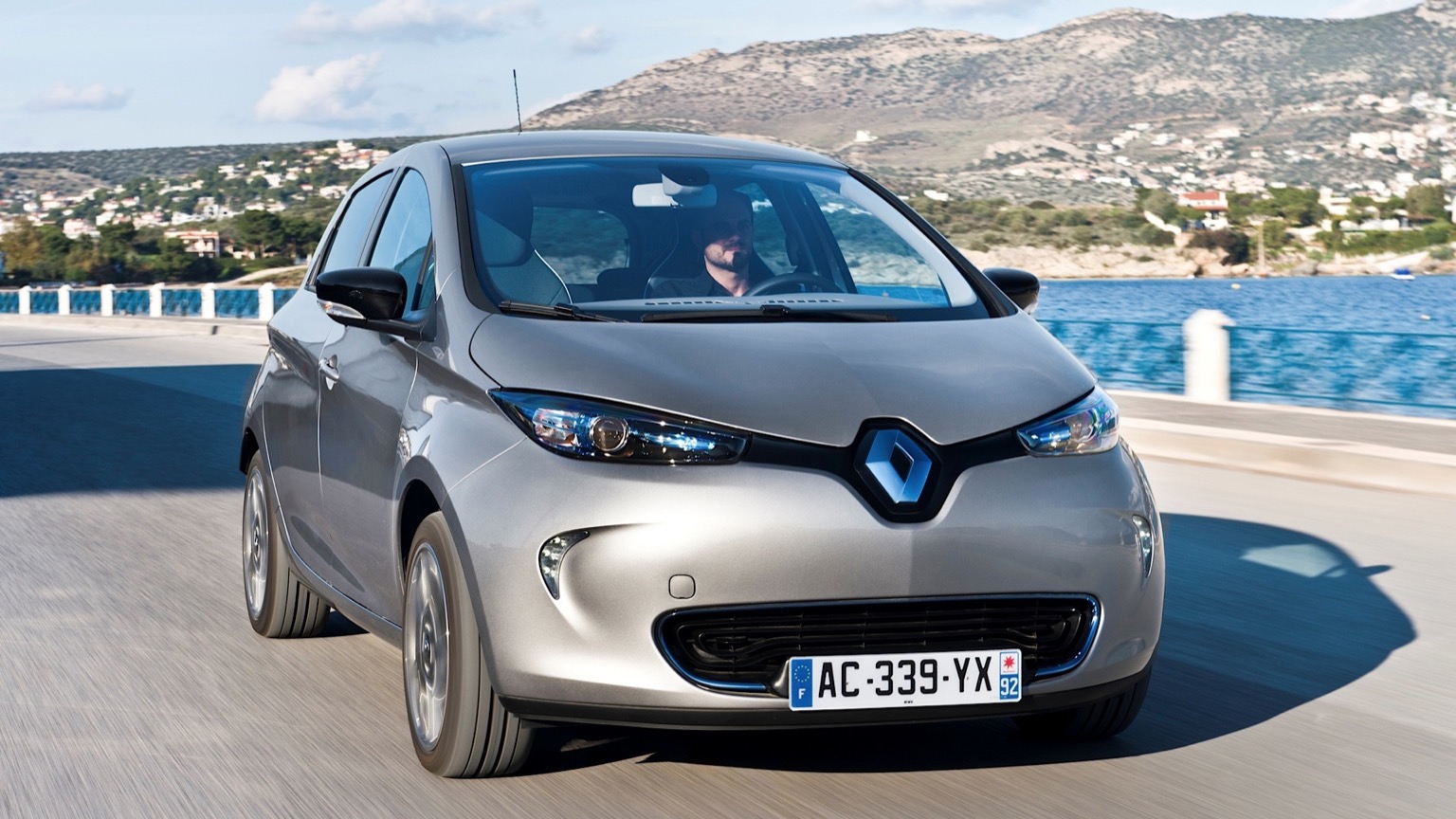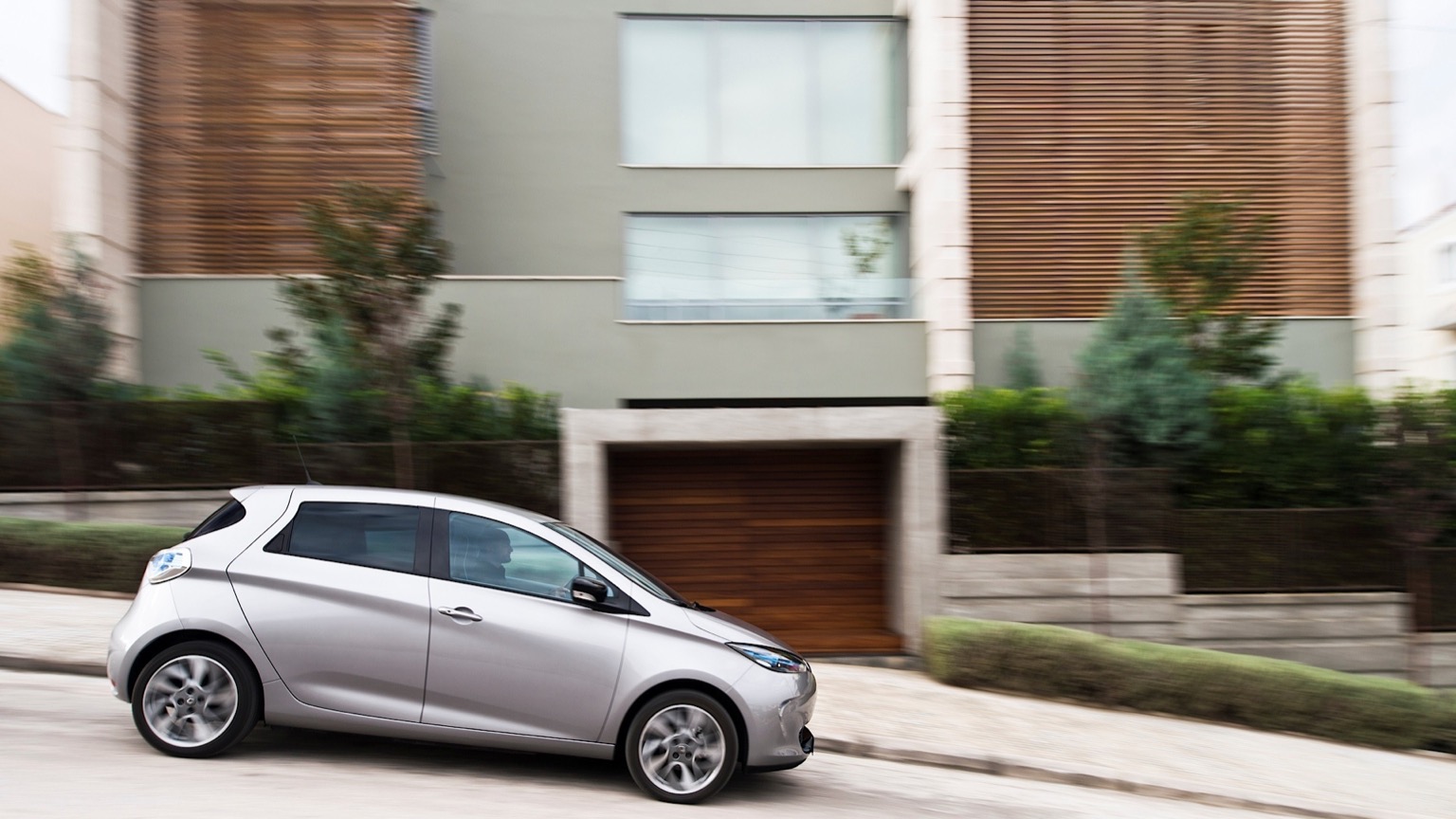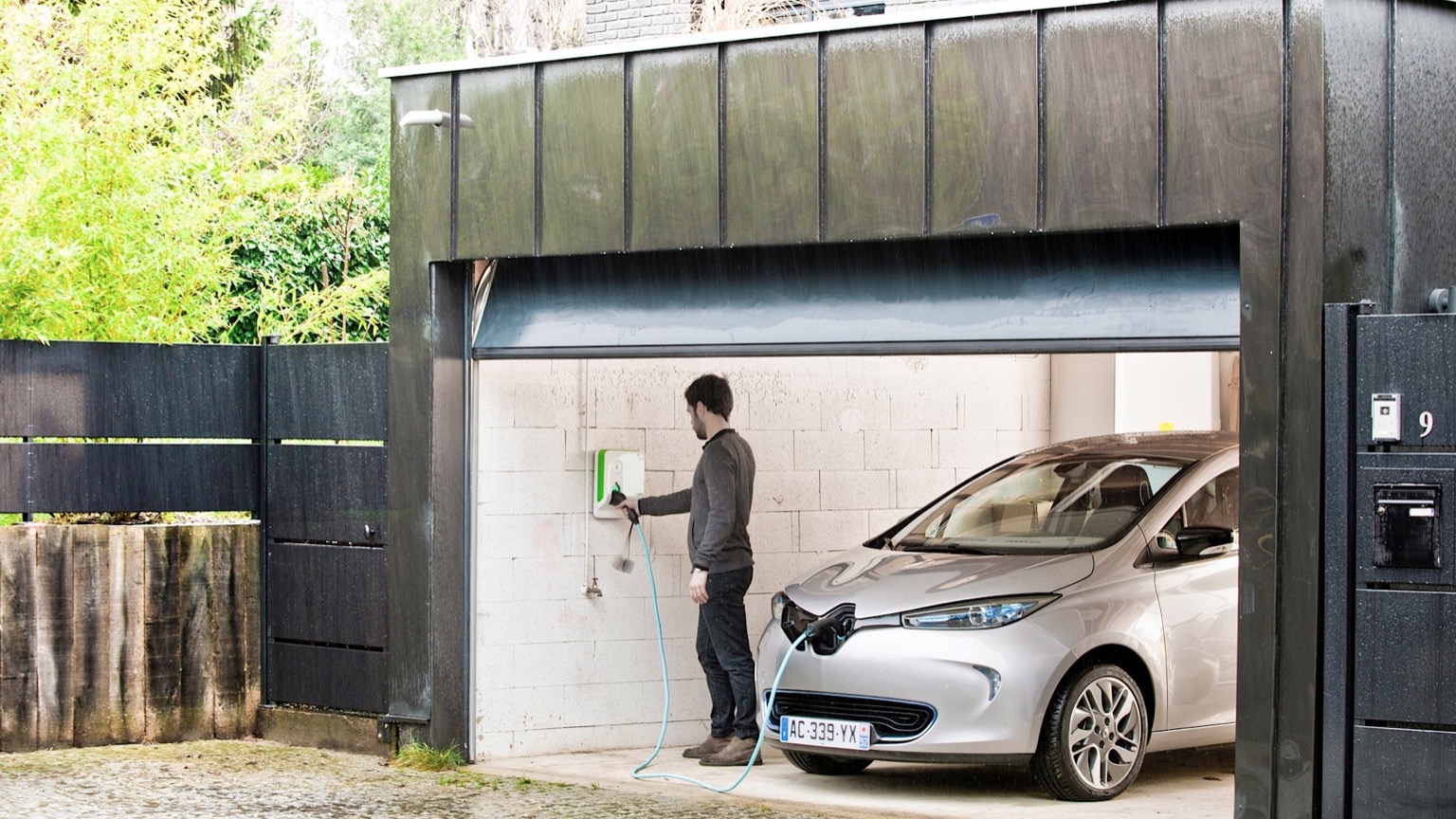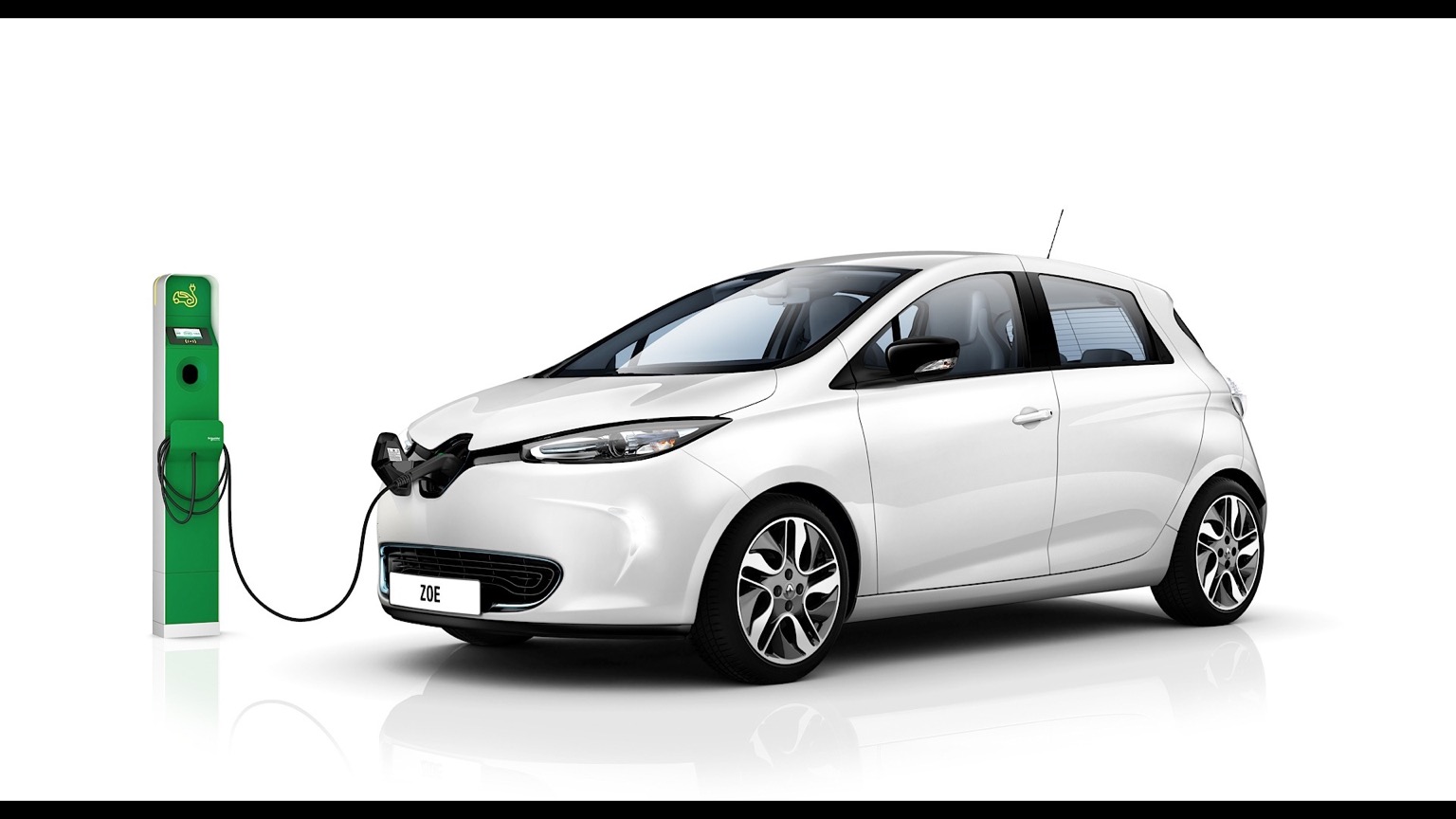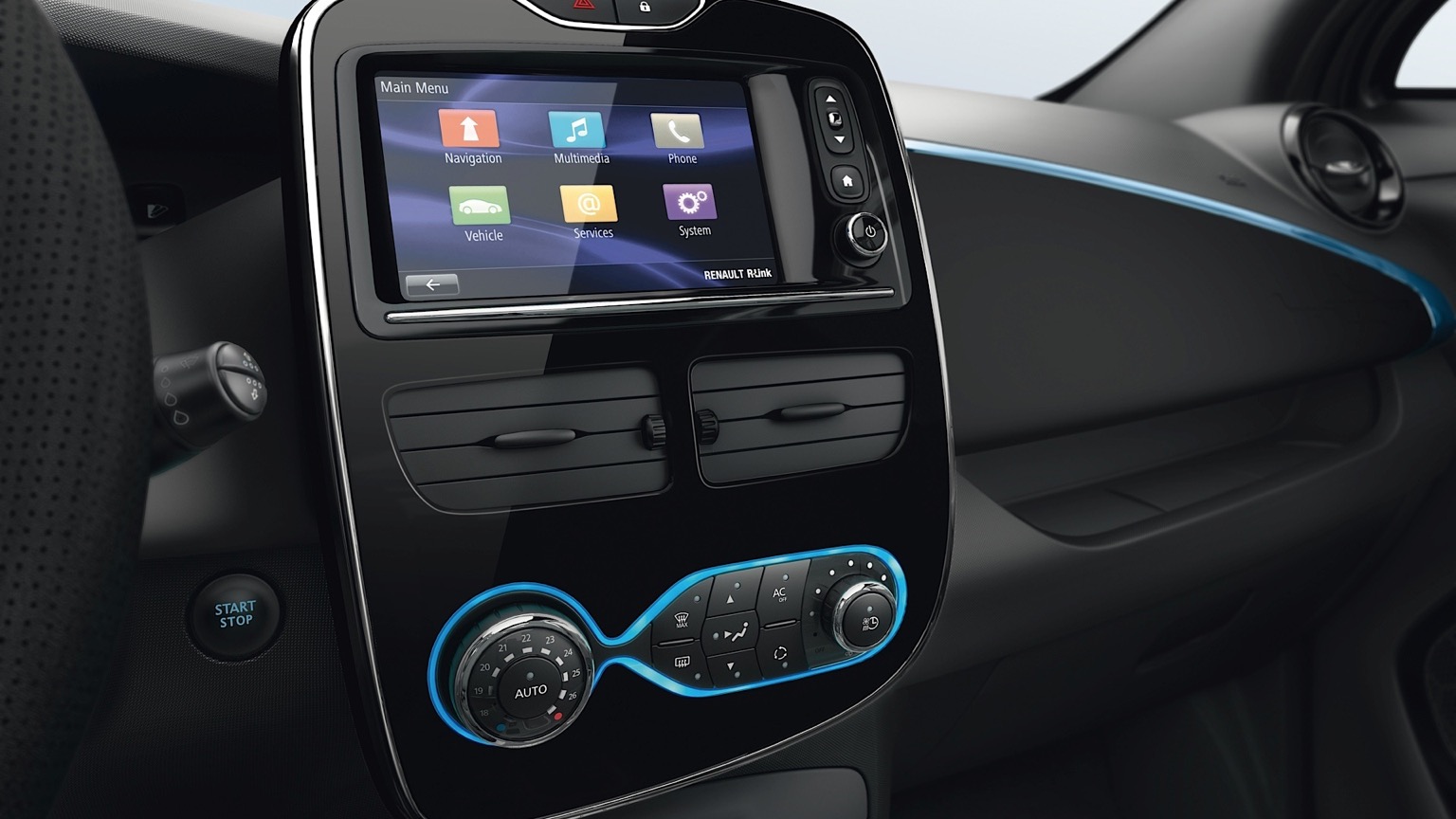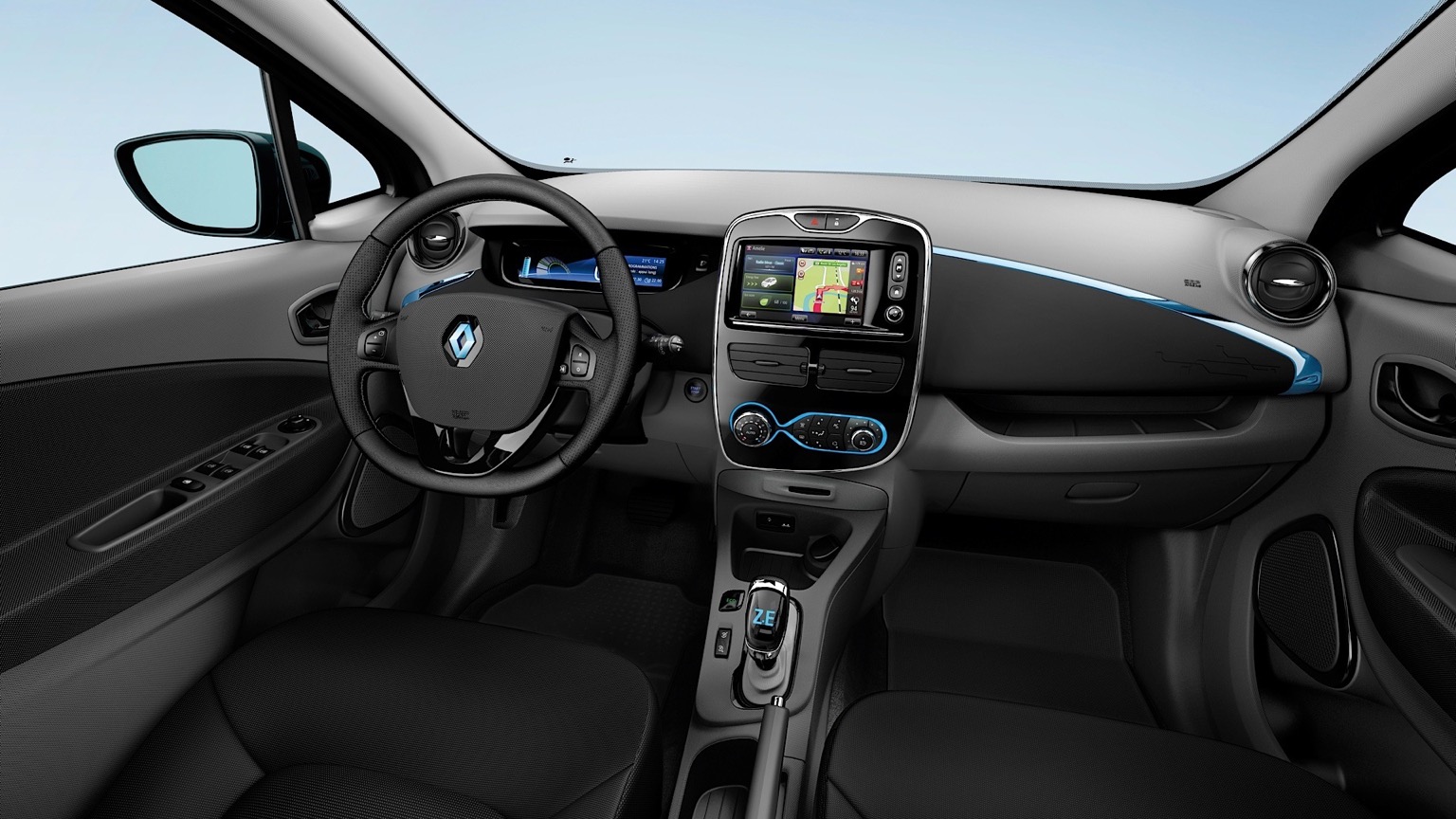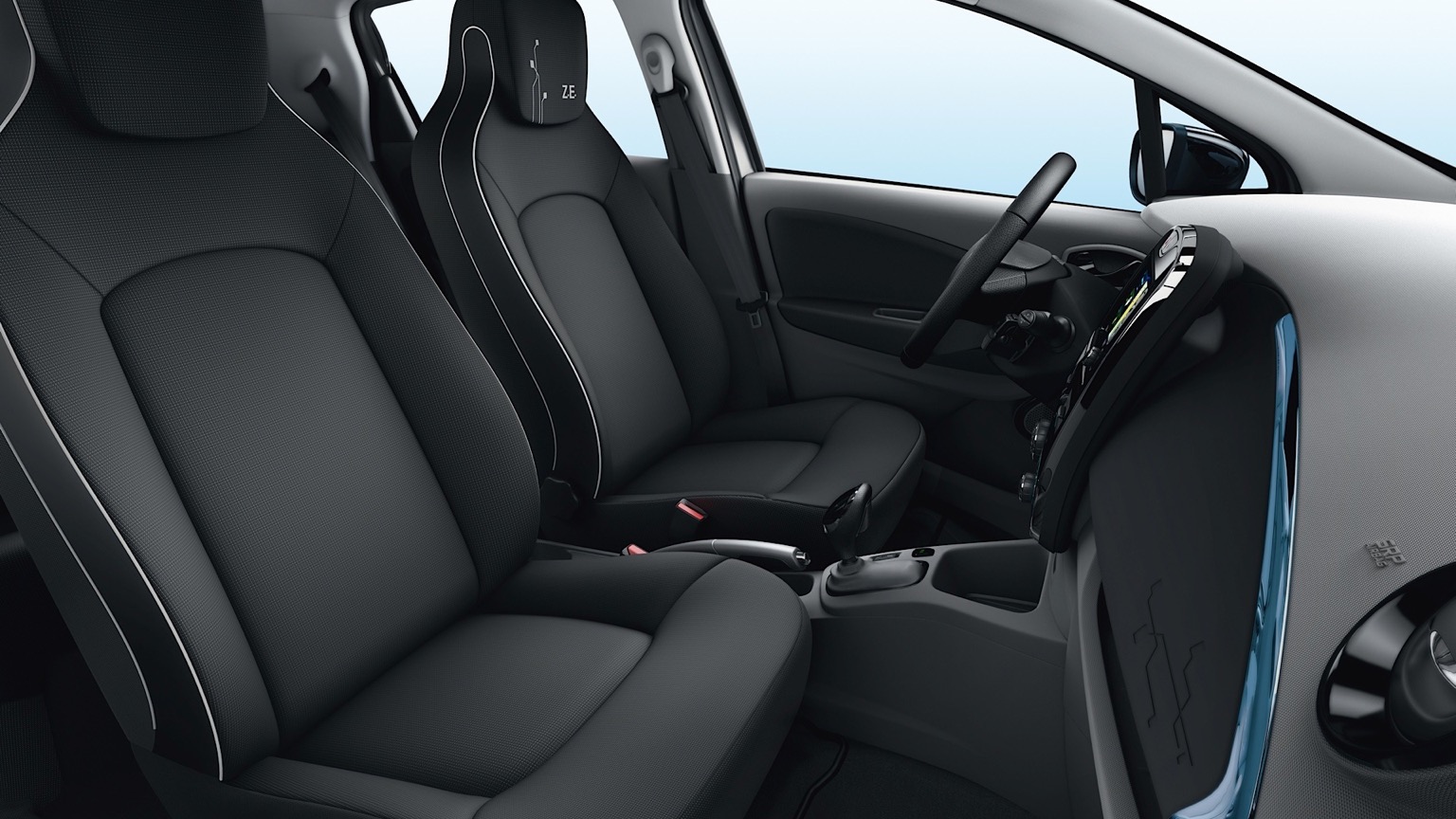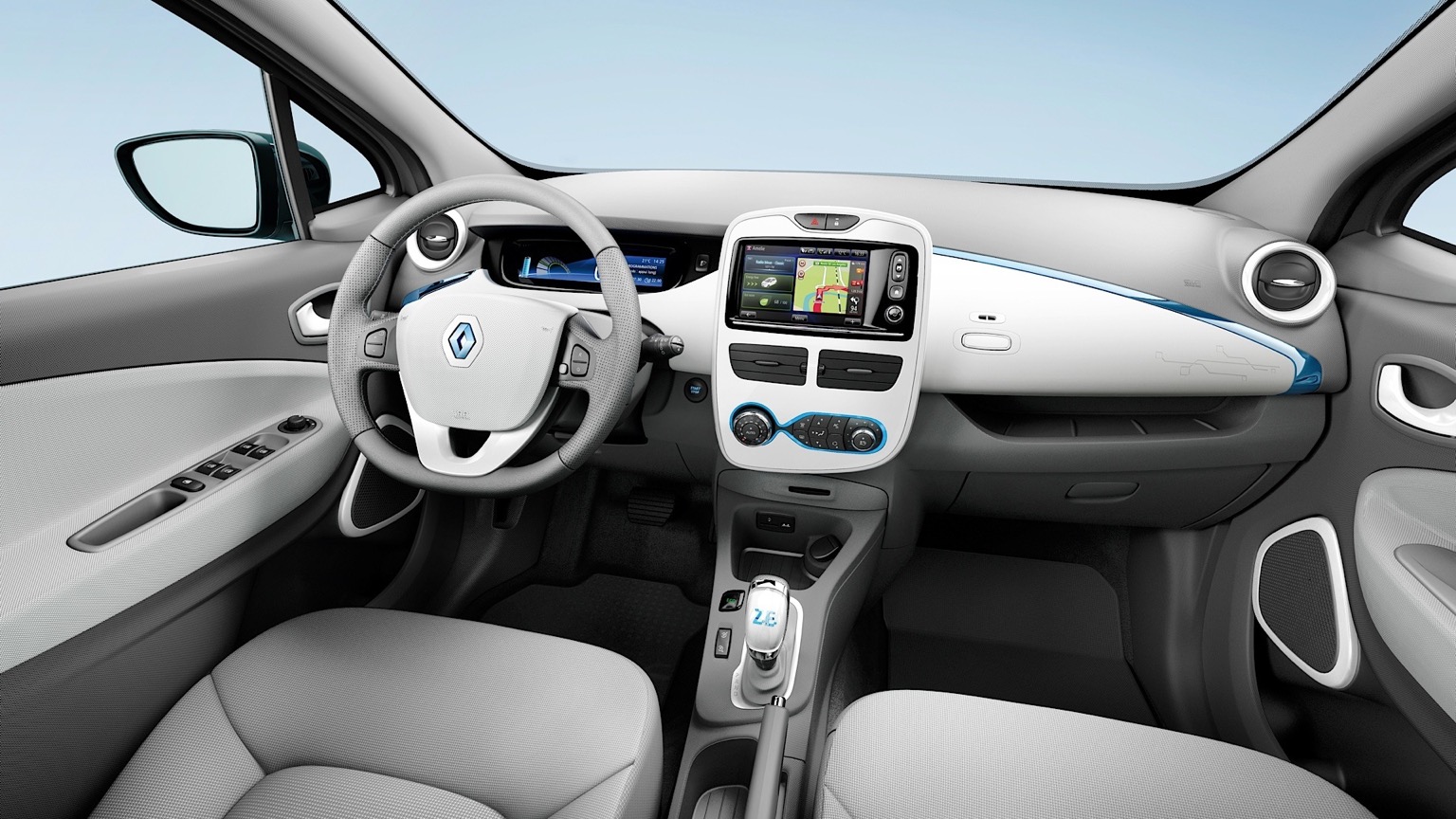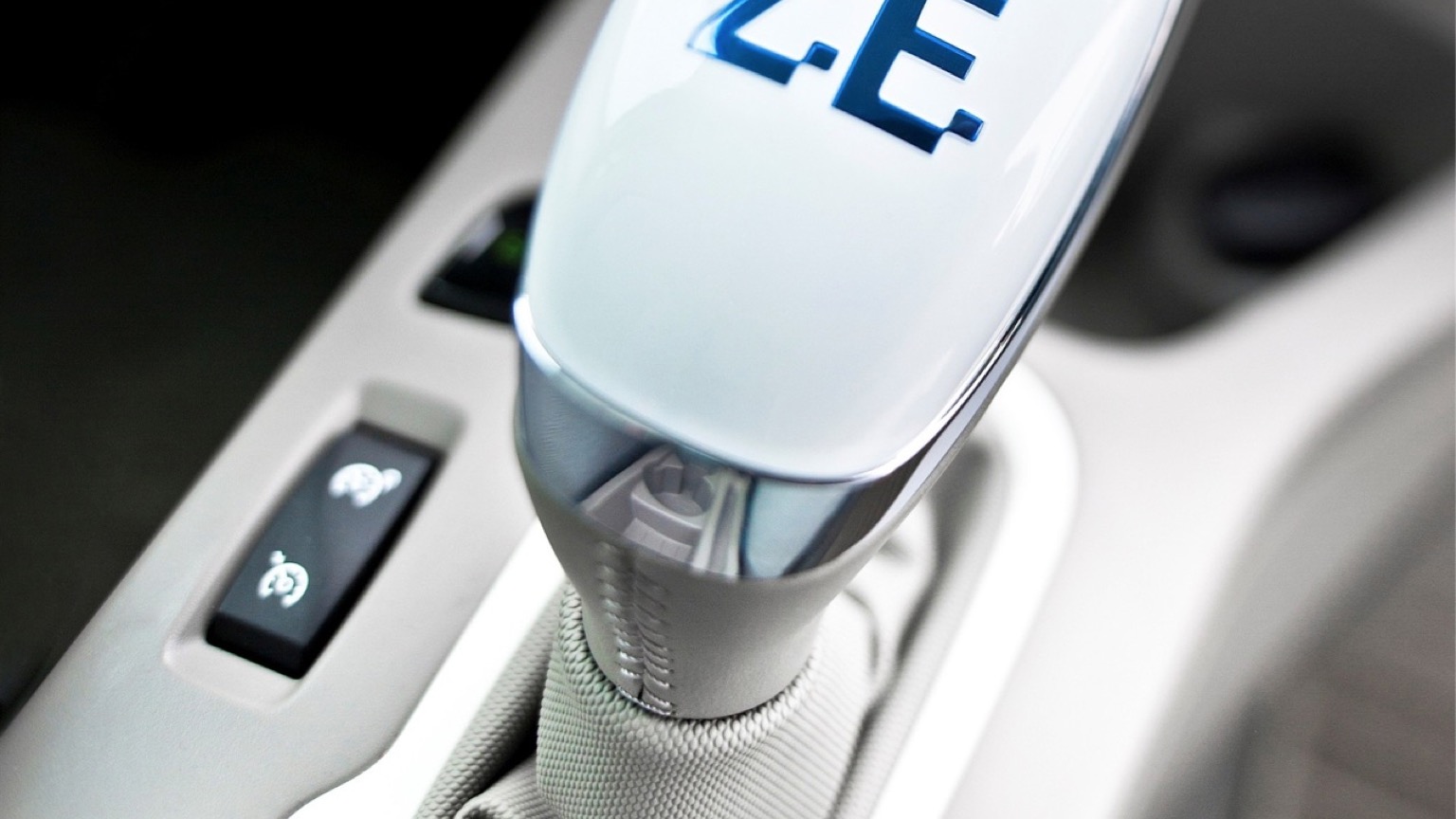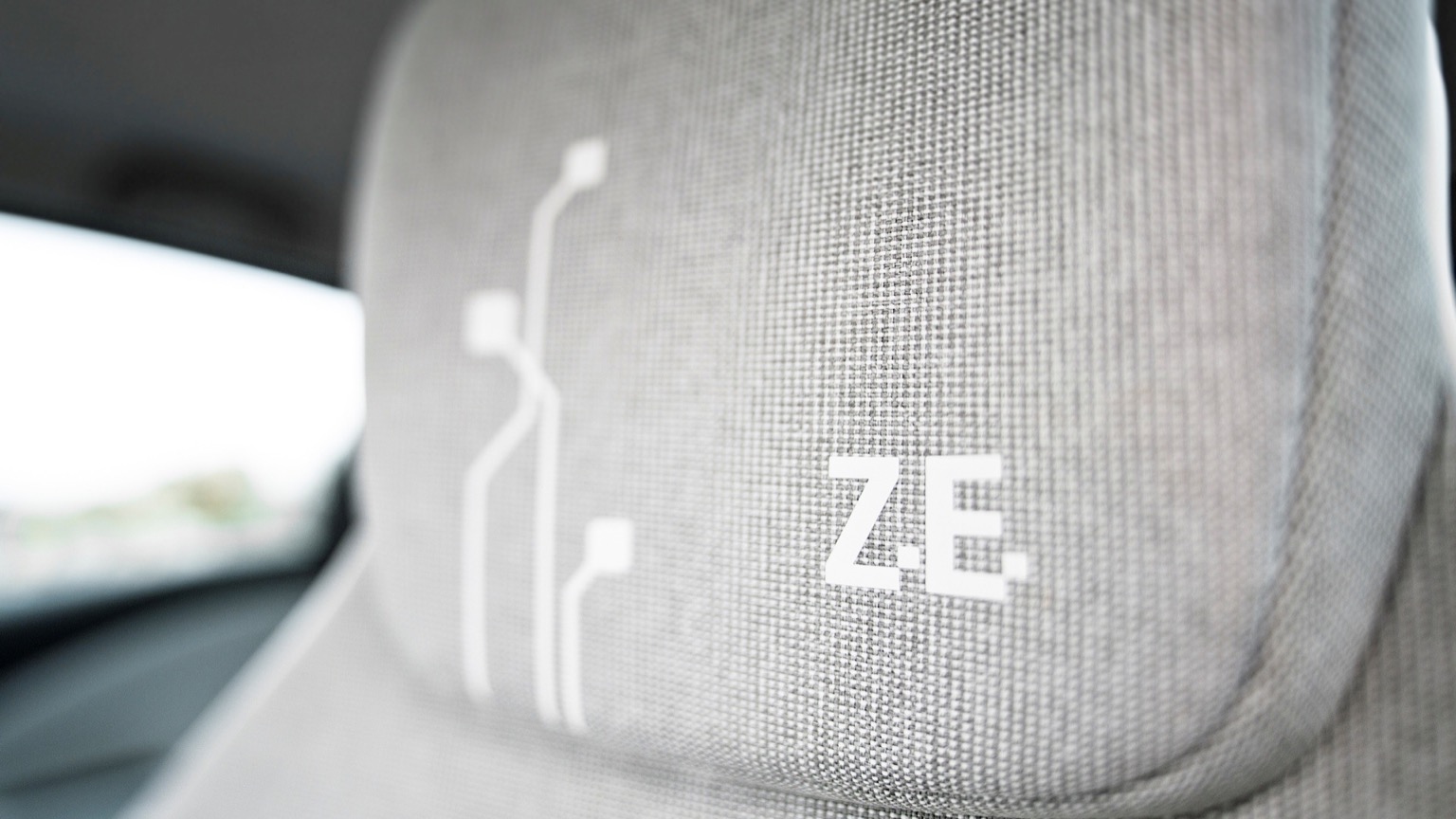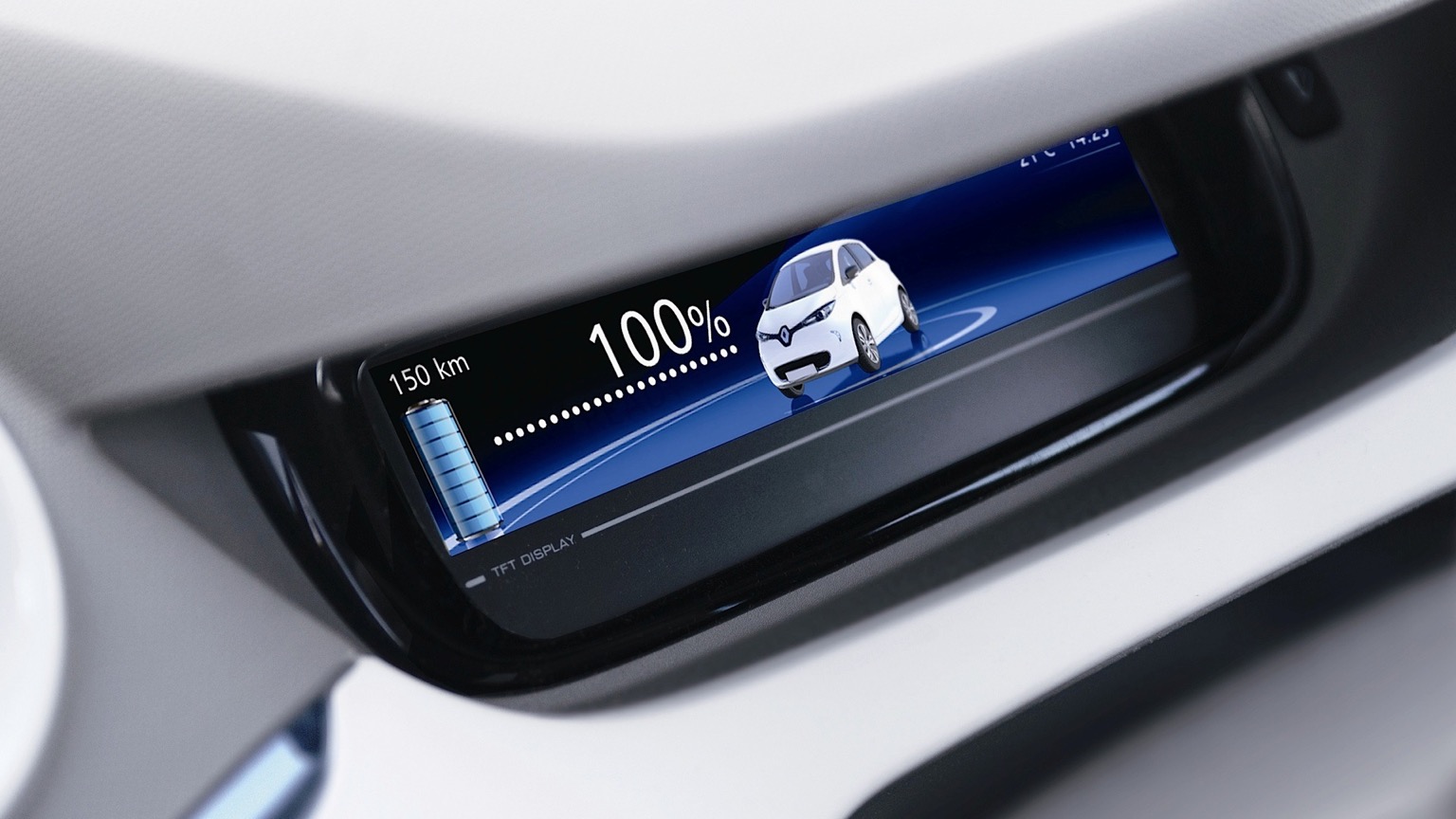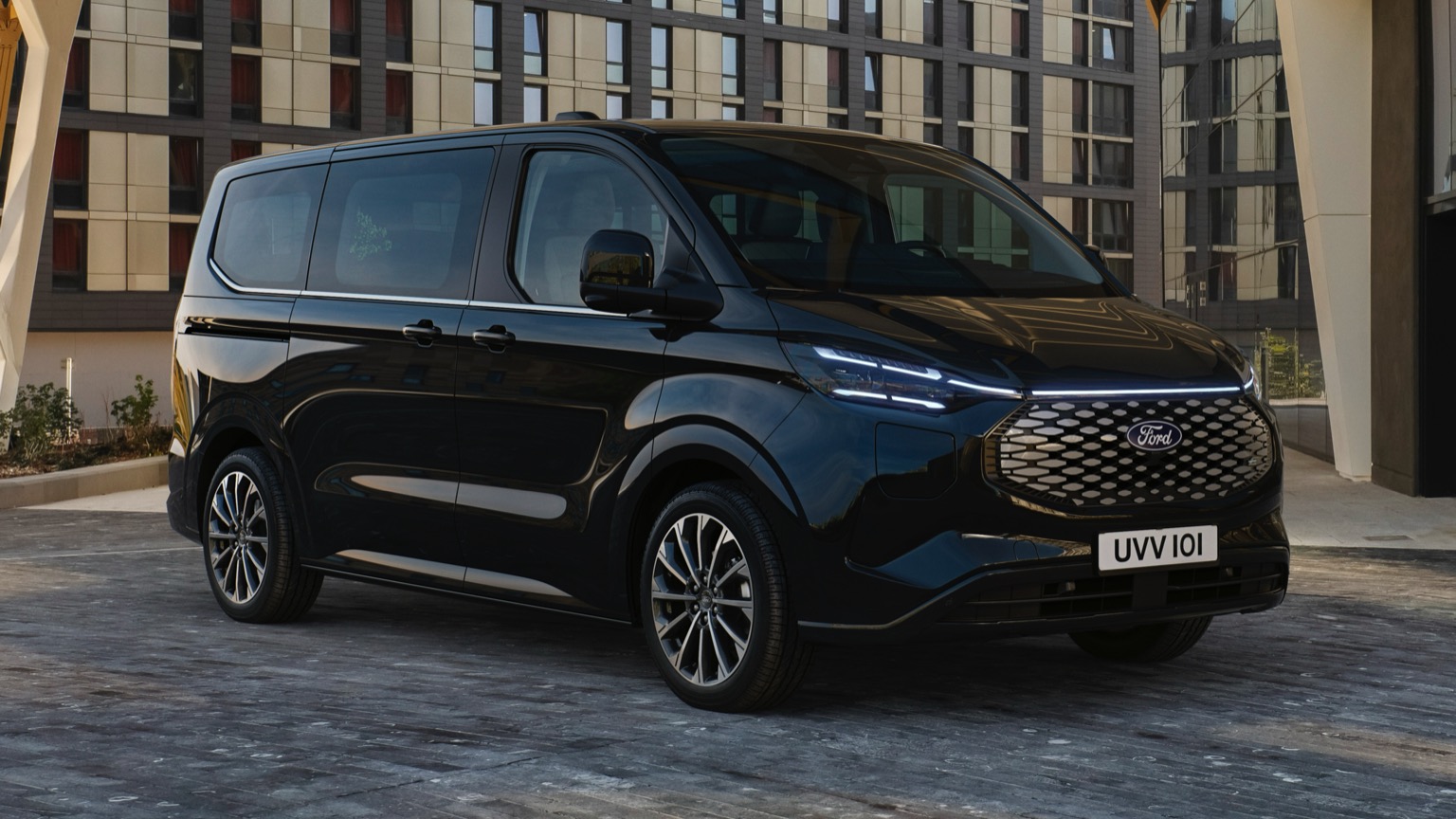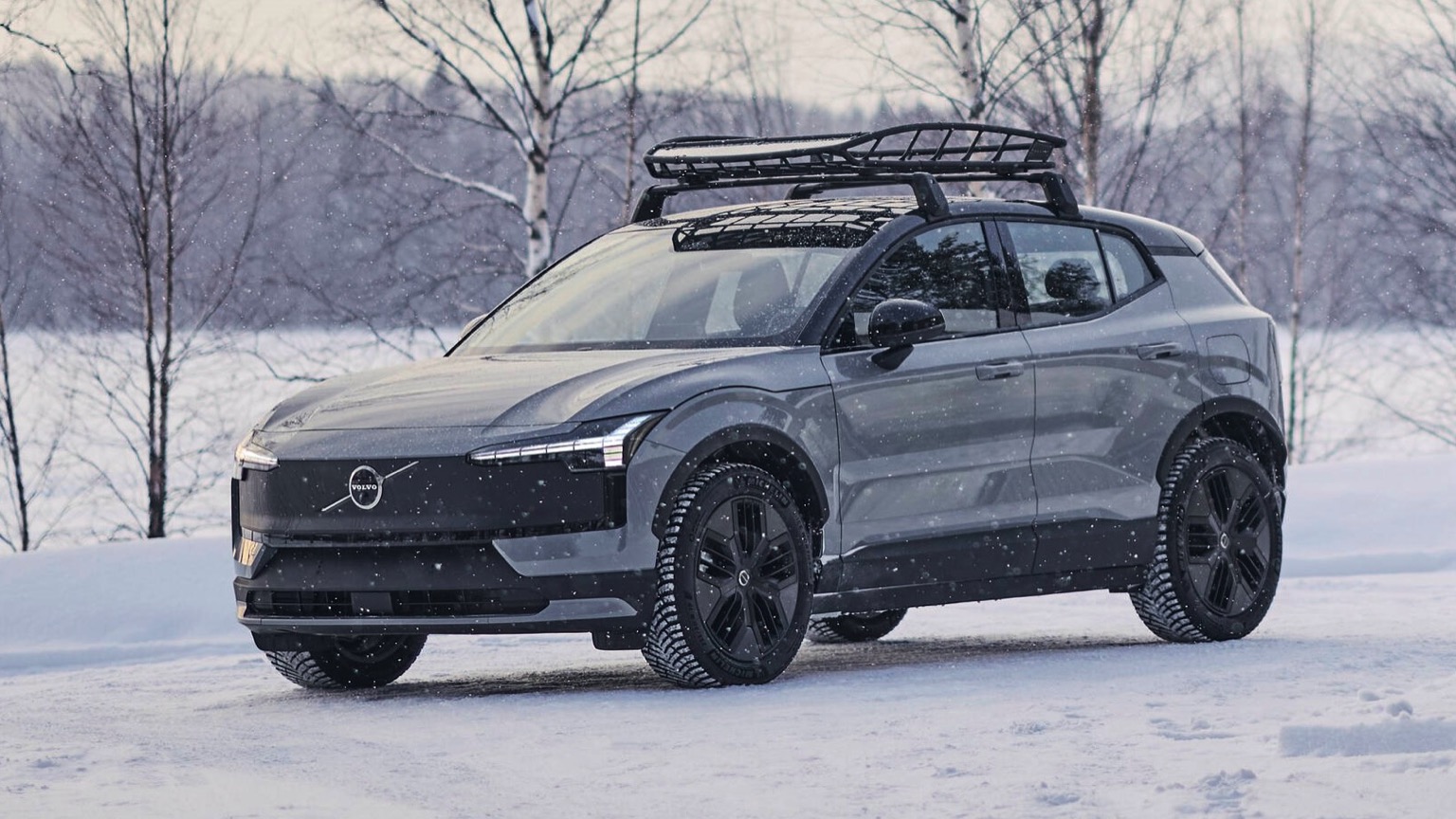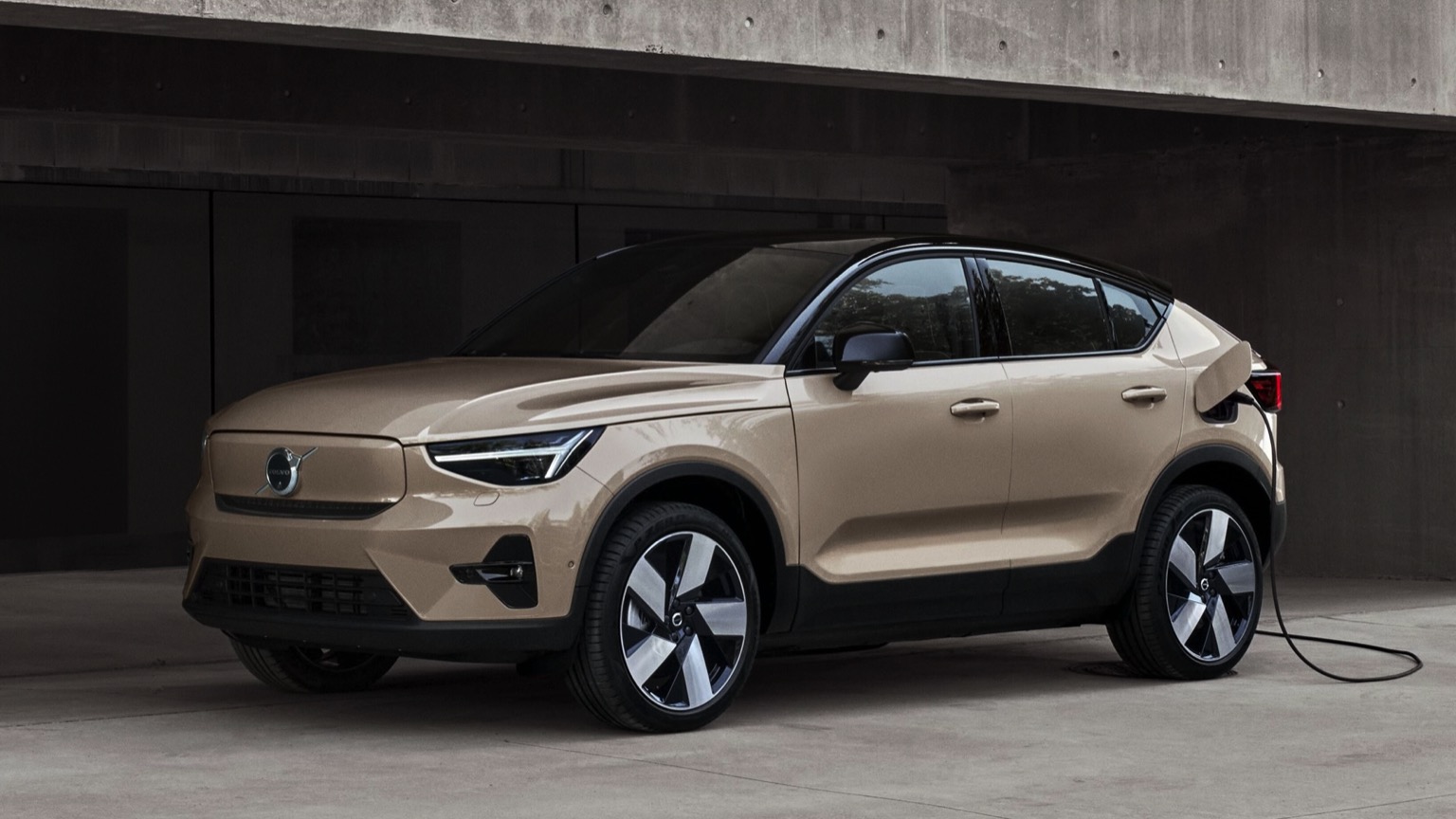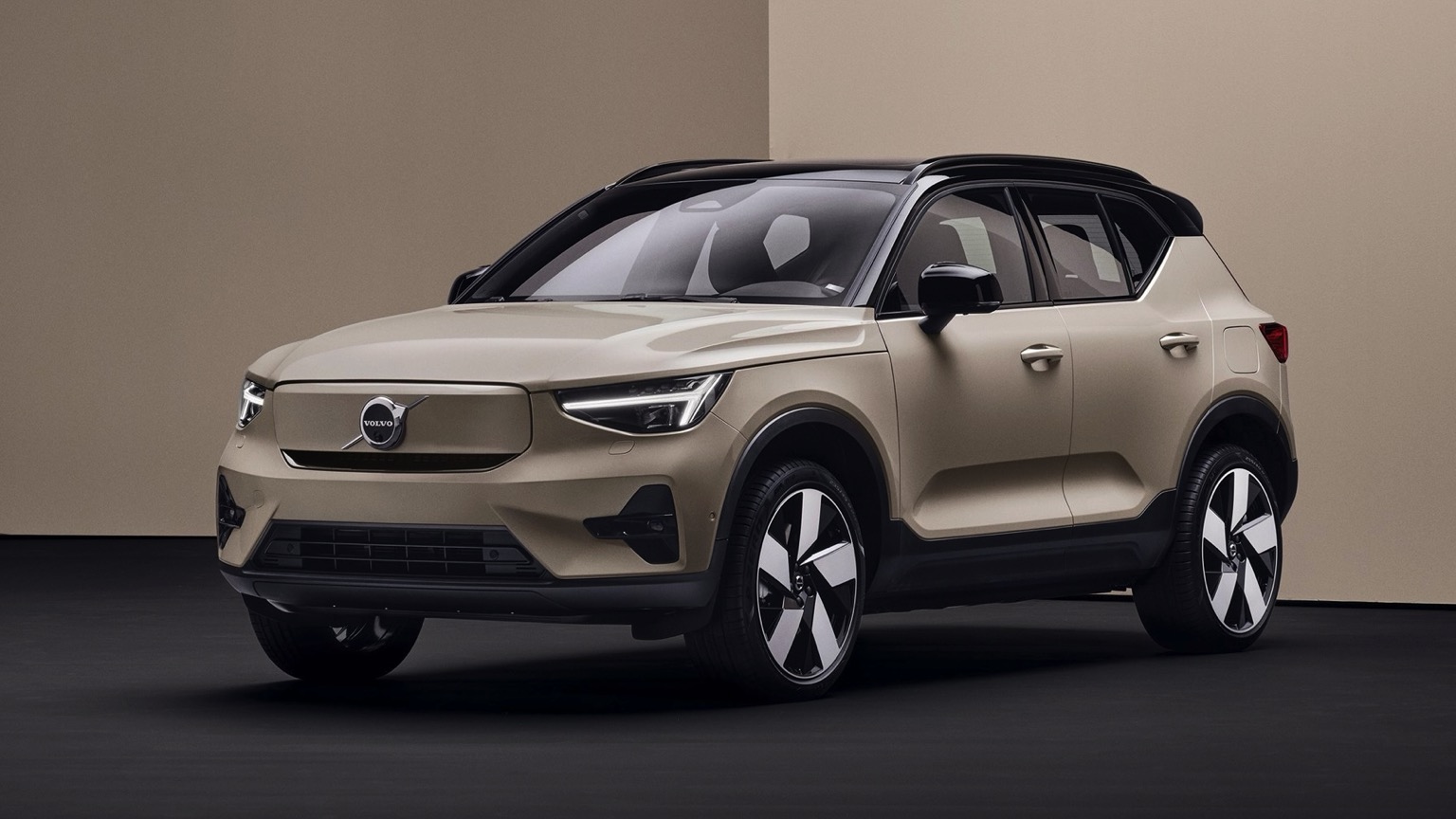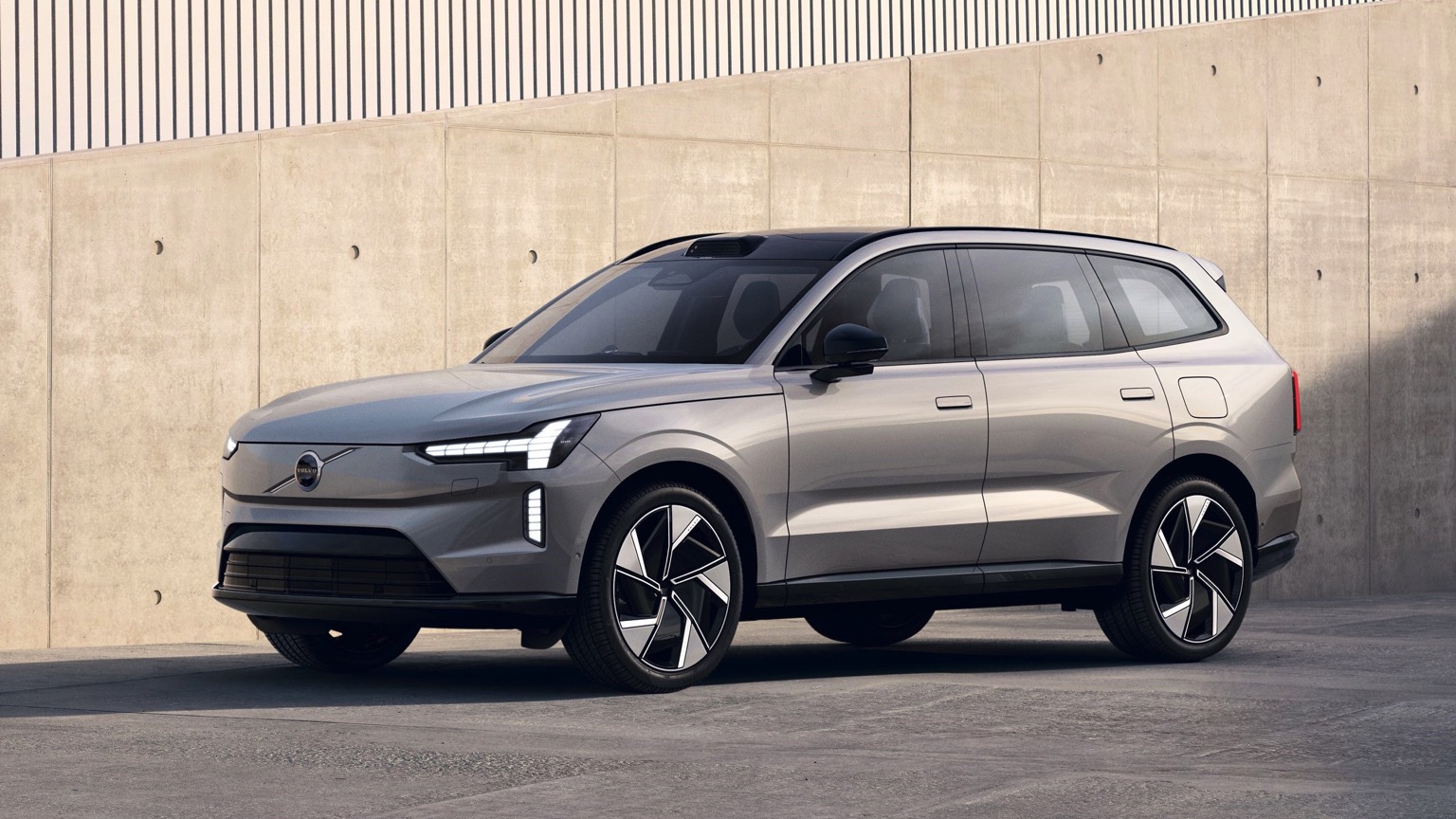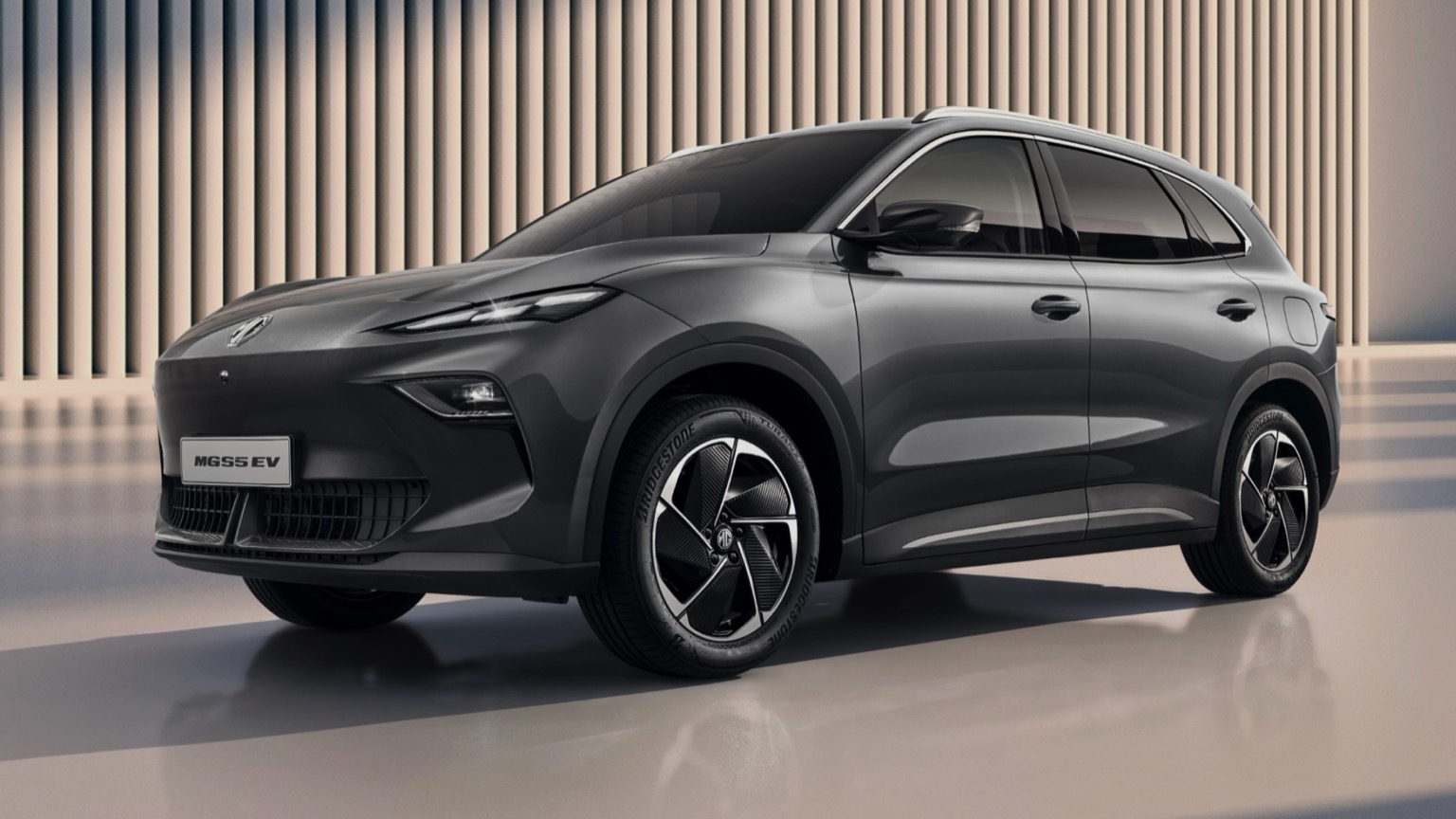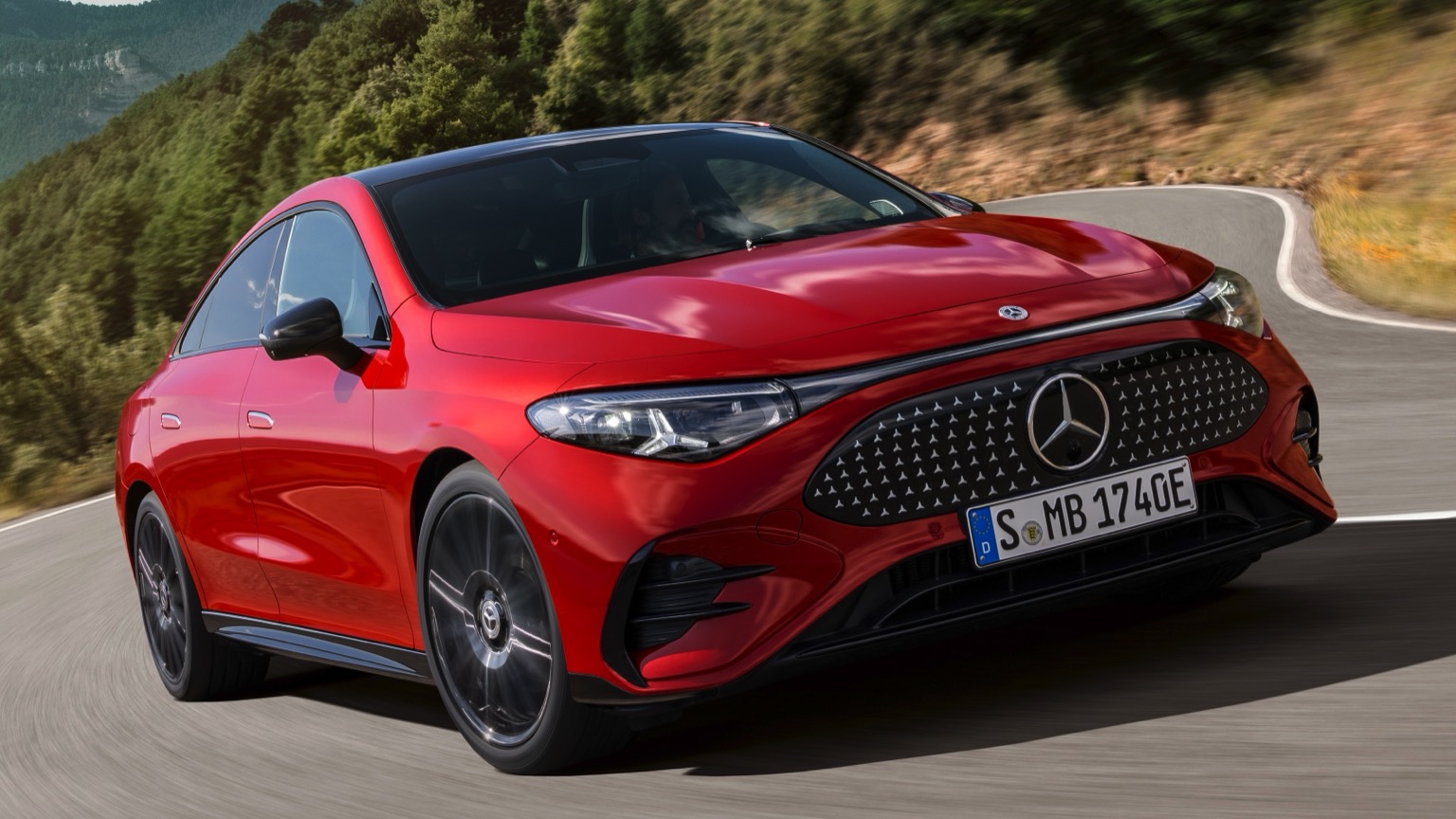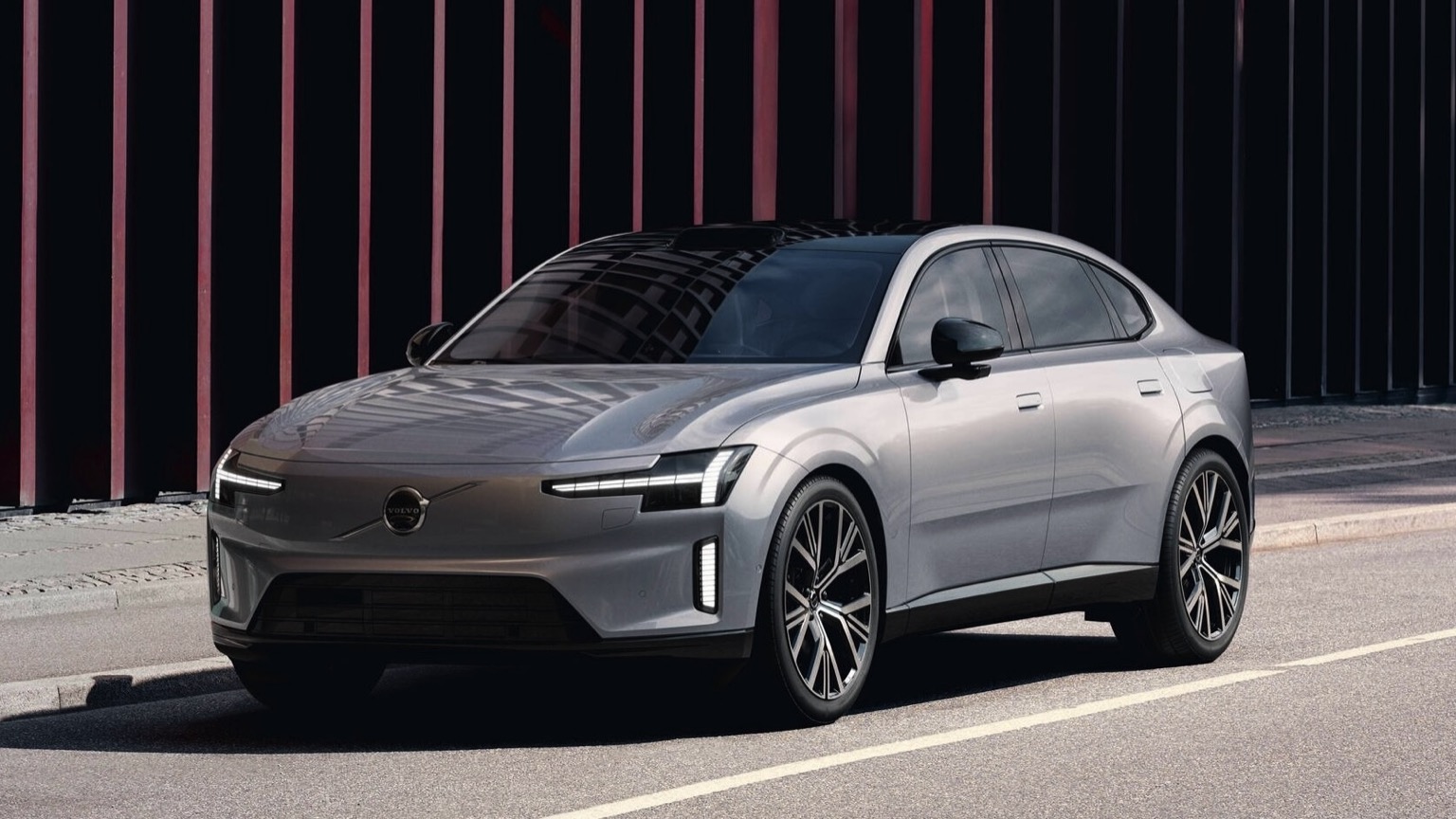Driving Range
In short, how many miles you can travel on a full charge. Is length important? Let’s not open that can of worms…
Efficiency
How many kWh of charge are needed to travel a set distance. The fewer needed, the more efficient your EV is. Easy!
Battery
The bigger the battery, the more power it can hold. In essence, fewer stops needed to top up your charge. Ahh, simplicity!
Top Speed
The maximum speed you can reach with your foot pressed hard to the floor. Important when escaping a zombie apocalypse, we assume.
Seats
Well, you don’t want to have to leave anybody at home… or do you?
Body
From stylish SUVs and compact crossovers, to curvaceous coupes and handy hatchbacks, there’s a perfect shape for everyone!
Isofix
The safe way to attach a child seat. Typically, these are hidden in the join between the back seats, alongside the crumbs from your last meal deal.
Safety Rating
A measure that considers the amount of safety kit installed, how a vehicle performs in crash testing and how safe it is for both pedestrians and cyclists.
| City - Cold Weather | 85 miles |
| Highway - Cold Weather | 60 miles |
| Combined - Cold Weather | 70 miles |
| City - Mild Weather | 130 miles |
| Highway - Mild Weather | 80 miles |
| Combined - Mild Weather | 100 miles |
Indication of real-world range in several situations. Cold weather: 'worst-case' based on -10°C and use of heating. Mild weather: 'best-case' based on 23°C and no use of A/C. For 'Highway' figures a constant speed of 110 km/h is assumed. The actual range will depend on speed, style of driving, weather and route conditions.
| Charge Port | Type 2 |
| Port Location | Front Side - Middle |
| Charge Power | 22 KW AC |
| Charge Time | 1hr 15m |
| Charge Speed | 64 mph |
| Fastcharge Port | Type 2 |
| FC Port Location | Front Side - Middle |
| Fastcharge Power (max) | 43 |
| Fastcharge Time | 31m |
| Fastcharge Speed | 100 mph |
General Charging (0 - 100%)
Charging is possible by using a regular wall plug or a charging station. Public charging is always done through a charging station. How fast the EV can charge depends on the charging station (EVSE) used and the maximum charging capacity of the EV
| Charging Point:Charging Point | Power:Power | Time:Time |
|---|---|---|
| Charging Point:Wall Plug | Power:2.3 kW | Time:12hr |
| Charging Point:1-Phase 16A | Power:3.68 kW | Time:7hr 30m |
| Charging Point:1-Phase 32A | Power:7.36 kW | Time:3hr 45m |
| Charging Point:3-Phase 16A | Power:3.68 kW | Time:2hr 30m |
| Charging Point:3-Phase 32A | Power:7.36 kW | Time:1hr 15m |
Rapid Charging (10 - 80%)
Rapid charging enables longer journeys by adding as much range as possible in the shortest amount of time. Charging power will decrease significantly after 80% state-of-charge (SoC) has been reached.
| Charging Point:Charging Point | Average Power:Average Power | Time:Time |
|---|---|---|
| Charging Point:Type2-43-AC | Average Power:33 kW | Time: 31m |
| EVDB Real Range | 80 miles |
| EVDB Vehicle Consumption | 291 Wh/mi |
| EVDB CO2 Emissions | 0 g/mi |
| EVDB Vehicle Fuel Equivalent | 1.39 l/100mi |
| WLTP Real Range | N/A |
| WLTP Rated Consumption | N/A |
| WLTP Vehicle Consumption | N/A |
| WLTP CO2 Emissions | 0 g/mi |
| WLTP Rated Fuel Equivalent | N/A |
| WLTP Vehicle Fuel Equivalent | N/A |
| Acceleration 0 - 100 km/h | 13.5 sec |
| Top Speed | 84 mph |
| Electric Range* | 80 miles |
| Total Power* | 65 kWh |
| Total Torque* | 220 Nm |
| Drive | Front |
| Safety Rating | |
| Rating Year | 2013 |
| Adult Occupant | 89% |
| Child Occupant | 80% |
| Vulnerable Road Users | 66% |
| Safety Assist | 85% |
For more details on the safety rating of this vehicle, visit euroncap.com
| Nominal Capacity | 25.9 kWh |
| Battery Type | Lithium-ion |
| Number of Cells | 96 |
| Architecture | 400 V |
| Useable Capacity | 23.3 kWh |
| Cathode Material | N/A |
| Pack Configuration | 96s2p |
| Nominal Voltage | 350 V |
| Length | 4084 mm |
| Width | 1730 mm |
| Width (with mirrors) | N/A |
| Height | 1562 mm |
| Wheelbase | 2588 mm |
| Weight Unladen (EU) | 1503 kg |
| Gross Vehicle Weight (GVWR) | 1943 kg |
| Max. Payload | 515 kg |
| Cargo Volume | 338 L |
| Cargo Volume (Max) | 1225 L |
| Cargo Volume Frunk | N/A |
| Roof Load | N/A |
| Tow Hitch Possible | No |
| Towing Weight Unbraked | N/A |
| Towing Weight Braked | N/A |
| Vertical Load Max | N/A |
| Seats | 5 |
| Isofix | No |
| Turning Circle | 10.6m |
| Platform | N/A |
| Car Body | Hatchback |
| Segment | B |
| Roof Rails | No |
| EV Dedicated Platform | No |
* = estimated value. Average energy consumption and range based on moderate drive style and climate. Real-life values may differ significantly. Pricing information might not be actual for some regions. No rights can be derived from the information on this site.
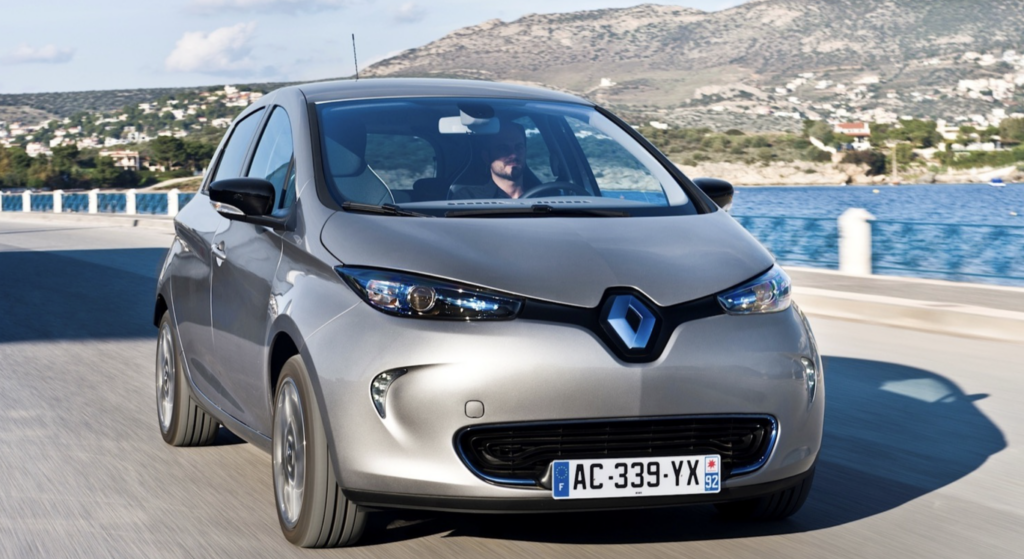
Renault Zoe Q210 Charging Guide
Despite being one of the more affordable electric vehicles on the market, the Renault Zoe doesn’t compromise on driving range. Despite being on the market for just over a decade, Renault has continued to make improvements to the Zoe to keep up with industry advancements.
As well as improving the mileage from a single charge, Renault has also been working hard to ensure the infotainment console has evolved with each new release to keep it in line with its competitors.
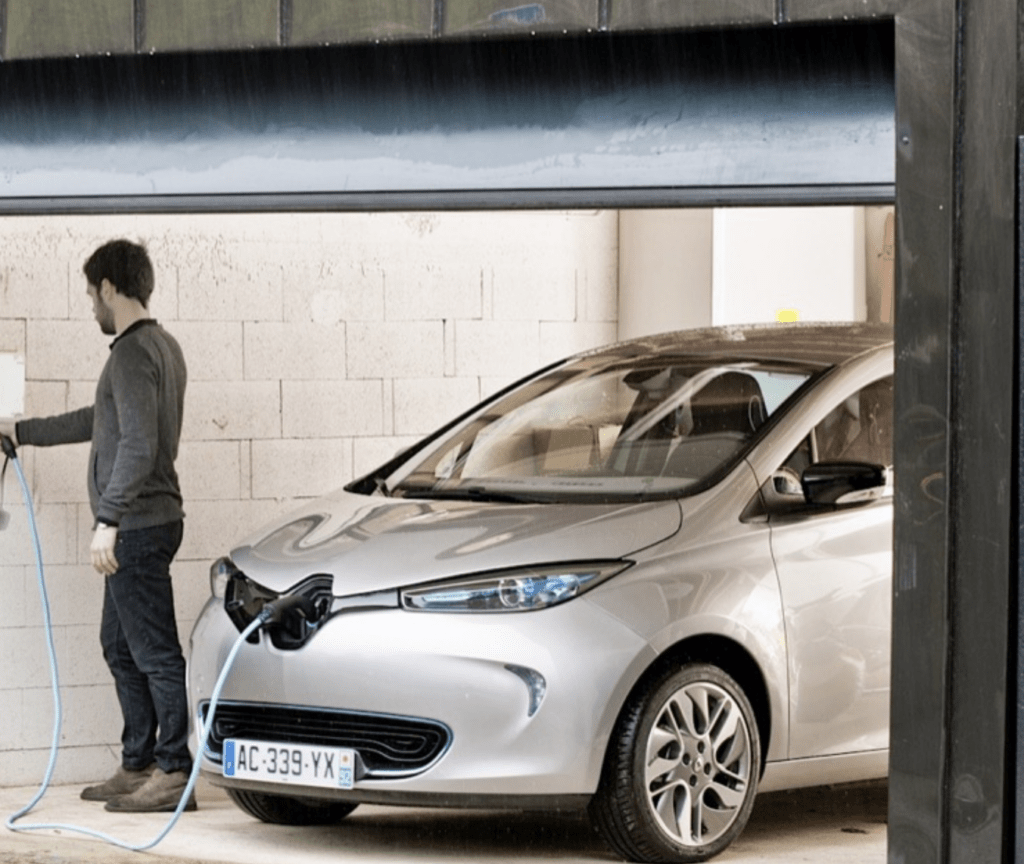
Can you charge Renault Zoe at home?
As with most electric vehicles, choosing to charge your car at home is not only one of the easiest methods of keeping your car charged but also the most cost effective. By choosing to use a home EV charger with the Renault Zoe, you can take advantage of cheaper charging rates when compared to using public charging points.
How long does it take to charge the Renault Zoe Q210?
3 hours and 19 minutes*
*Using a standard 7kWh charger, such as zappi it would take 3 hours and 19 minutes to fully charge your 23.3kWh battery. The Renault Zoe Q210 also has the capability to be charged on the 22kWh zappi, which would reduce this charging time down to 1 hours and 15 minutes.
What is the range of the Renault Zoe Q210?
85 miles**The range of the Renault Zoe Q210 with the 23.3kWh battery, differs between 60 miles and 130 miles depending on your driving conditions and the type of road. Typically, the average range from a full charge will be around 85 miles.
How much does it cost to charge the Renault Zoe Q210?
£1.75**It could cost just £1.75 to charge the Renault Zoe Q210, with the 23.3kWh battery, when fully utilising off-peak charging on an Octopus Intelligent tariff, at 0.075p/kWh. In contrast, peak charging on a standard rate of 0.34p/kWh can cost £7.92 to charge up.
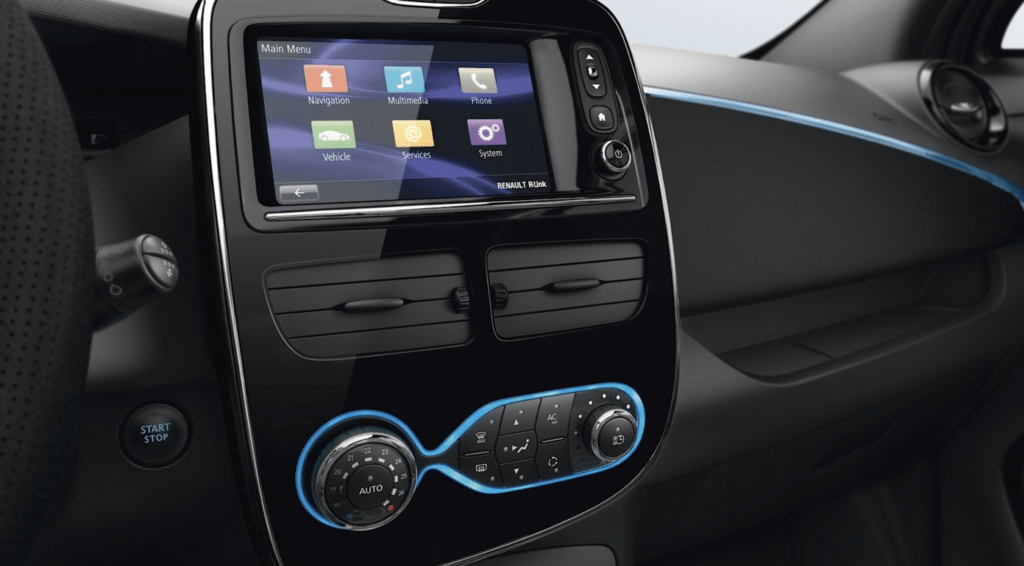
How much is the battery lease on Renault Zoe?
There are two options when it comes to acquiring a battery for your Renault Zoe, you can either hire the battery from £25 per month* or you can buy the battery outright. There is now also the option to ‘full purchase’ the Renault Zoe whivh means you can choose to fully own the vehicle and the battery.
*price correct as of December 2023.
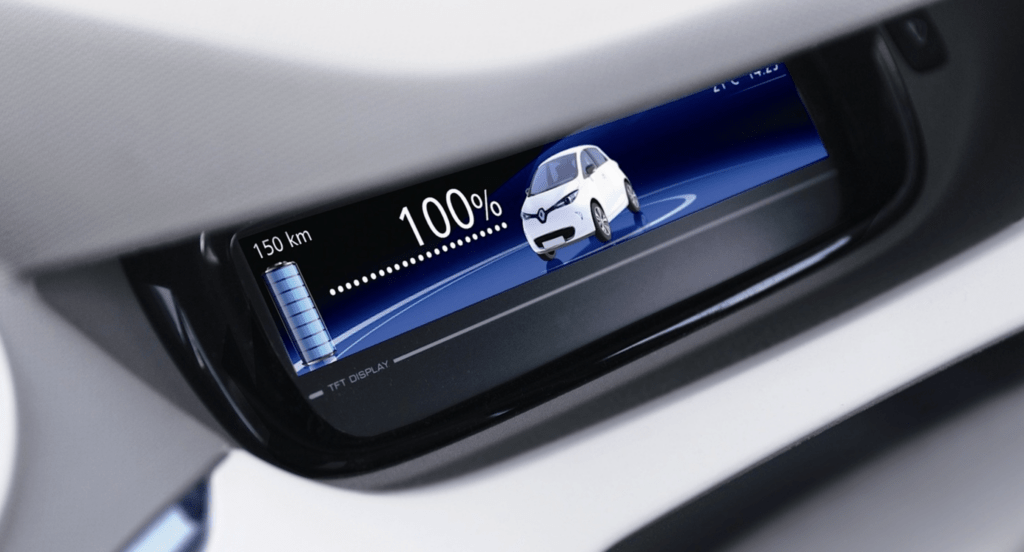
How long does a Renault Zoe last?
As with any car purchase, there is no guarantee on exactly how long the vehicle will last as this is dependent on many factors including driving styles and vehicle upkeep. That being said, Renault does offer an 8-year warranty on it’s batteries as standard as well as a 3-year warranty and 3 years of roadside assistance as standard.
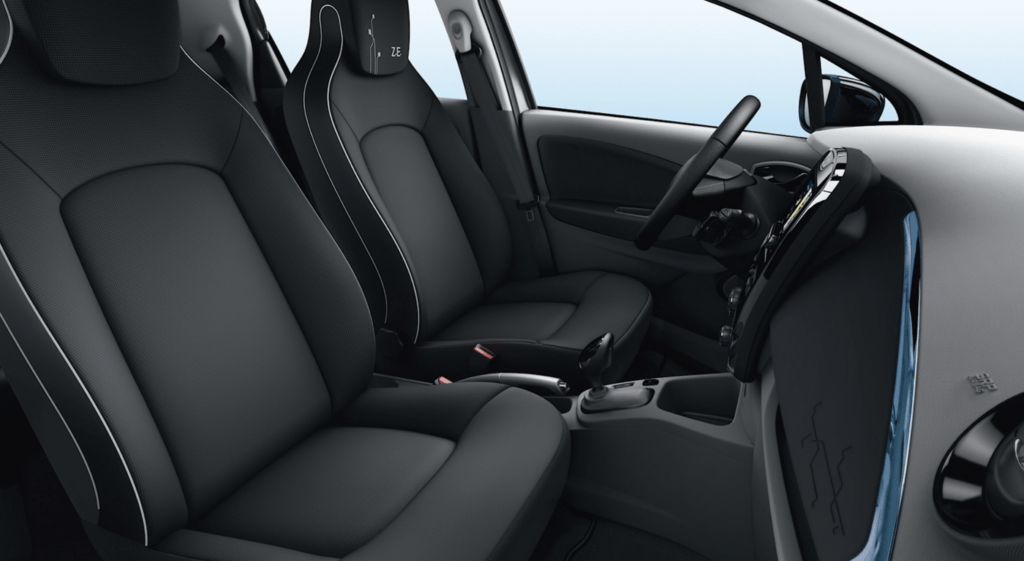
How to open the Renault Zoe bonnet?
First, make sure that the ignition is switched off and your vehicle isn’t charging. Any work under the bonnet should be completed with the car switched off an unplugged.
To open the Renault Zoe’s bonnet, you need to pull handle 1 which is located on the left-hand side of the dashboard. You will then need to lift the bonnet by several centimetres and push lever 2 to the left.
Similar Electric Vehicles

